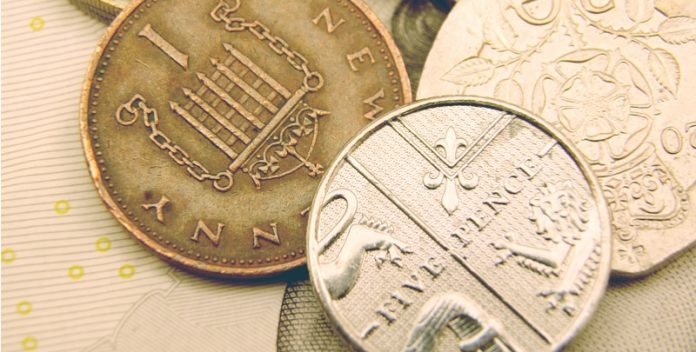- UK inflation surges +0.6% mom in June as the economy reopens boosting Pound (GBP)
- BoE policymaker Silvana Tenreyo expects an incomplete V-shaped recovery as consumers remain wary
- Riskier Australian Dollar (AUD) supported by vaccine news
- Drop in consumer confidence adds downward pressure on AUD
The Pound Australia Dollar exchange rate has pushed through 1.80, trading higher after two straight days of losses. The pair settled on Tuesday -0.5% at 1.7995. At 08:15 UTC, GBP/AUD trades 1.8009, towards the top end of the daily traded range.
UK inflation unexpectedly jumped in June as the coronavirus lockdown began to ease. According to the Office of National Statistics consumer prices rose 0.6% month on month, up from May’s +0.5% increase and ahead of analysts’ 0.4% forecast.
Price rises on clothing, footwear and recreational activities boosted inflation. However, these price rises were also offset by falling prices for hotels and food.
On an annual basis inflation ticked higher to 1.4% year on year. This was ahead of forecasts but is signififcsntly below the Bank of England’s 2% target.
Following the upbeat data, Bank of England policymaker Silvana Tenreyo said that she expects the UK economic recovery to be hindered by consumers remaining wary over the virus and social distancing measures curbing economic activity. She forecasts a incomplete V-shaped recovery.
Her comments highlight the need for a vaccine in order to assure a quick and full rebound in economic activity.
Vaccine news supported the risk sensitive Australian Dollar. US biotech firm Moderna reported a robust immune response in all of its 45 early stage human trials, paving the way for Phase 3 trials to begin later this month.
However domestic data dragged on the Aussie Dollar. Consumer confidence plunged -6.1% between June and July according to the latest Westpac consumer sentiment index. The survey was taken during the same week that the Melbourne lockdown was announced. The data shows just how quickly the mood can turn.
This is important because when consumers are less confident about their finances and job prospects they spend less, which is bad news for the Australian economy.





